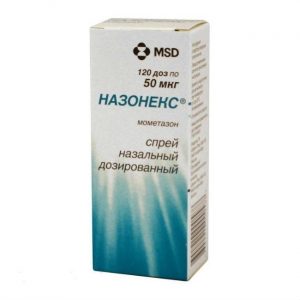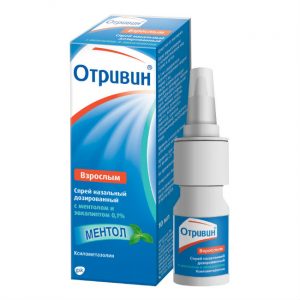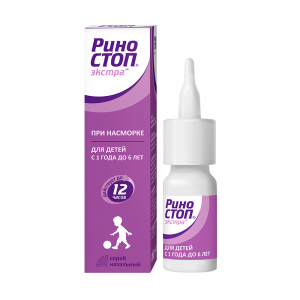Description
Product Overview
Panadol is a pain reliever that does not irritate the stomach and intestines. *
Used to relieve:
headache
migraine
toothache
back pain
sore throat
muscle pain
painful menstruation
Panadol ® is also used for the symptomatic treatment of febrile fever syndrome body against a background of colds and flu *.
* Medical instruction, RU P N014409 / 01
Description
Tablets, film-coated white, capsule-shaped with a flat edge, a triangle sign is stamped on one side of the tablet, and a risk sign on the other side.
Latin name
Panadol
Release form
12 pcs. – blisters (1) – packs of cardboard.
Pharmacological action
Analgesic-antipyretic.
Has an analgesic and antipyretic effect.
Blocks COX-1 and COX-2 primarily in the central nervous system, affecting the centers of pain and thermoregulation.
There is virtually no anti-inflammatory effect.
Does not irritate the stomach and intestines.
Does not affect water-salt metabolism, since it does not affect the synthesis of prostaglandins in peripheral tissues.
Indications
Symptomatic therapy:
pain: headache, migraine, toothache, sore throat, lower back pain, muscle pain, painful menstruation
febrile syndrome (as an antipyretic agent): elevated body temperature against a background of a fever and flu.
The drug is intended to reduce pain at the time of use and does not affect the progression of the disease.
Contraindications
Children under 6 years of age hypersensitivity to the components of the drug.
Caution should be used in patients with renal and hepatic insufficiency, benign hyperbilirubinemia (including Gilbert’s syndrome), viral hepatitis, glucose-6-phosphate dehydrogenase deficiency, alcoholic liver damage, alcoholism, in old age, during pregnancy and lactation .
Use during pregnancy and lactation
With caution and only under medical supervision, the drug should be used during pregnancy and lactation.
Special instructions
For prolonged use in high doses, monitoring of the blood picture is necessary.
With caution and only under medical supervision, the drug should be used for diseases of the liver or kidneys, while taking antiemetic drugs (metoclopramide, domperidone), as well as drugs that lower blood cholesterol (cholestyramine).
In case of daily need for taking analgesics while taking anticoagulants, paracetamol can be taken occasionally.
When conducting tests to determine uric acid and blood glucose levels, you should warn your doctor about taking Panadol.
In order to avoid toxic liver damage, paracetamol should not be combined with alcoholic beverages, and should also be taken by people prone to chronic alcohol consumption.
Ingredients
1 tablet contains
Active ingredient
paracetamol 500 mg
Excipients:
corn starch,
pregelatinized
potassium sorbate, srd
Dosage and administration of
Adults (including the elderly) are prescribed 500 mg-1 g (1-2 tablets) up to 4 times / day, if necessary. The interval between doses is at least 4 hours, a single dose (2 tablets) can be taken no more than 4 times (8 tablets) within 24 hours.
Children aged 6-9 years are prescribed 1/2 tablet. 3-4 times / day if necessary. The interval between doses is at least 4 hours. The maximum single dose for children 6 9 years old is 1/2 tab. (250 mg), the maximum daily intake is 2 tablets. (1 g).
Children aged 9-12 are prescribed 1 tab. up to 4 times / day, if necessary. The interval between doses is at least 4 hours, a single dose (1 tablet) can be taken no more than 4 times (4 tablets) within 24 hours.
The drug is not recommended for more than 5 days as an anesthetic and more than 3 days for an antipyretic without appointment and supervision of a doctor. An increase in the daily dose of the drug or the duration of treatment is possible only under the supervision of a doctor.
Side effects
At the recommended doses, the drug is usually well tolerated.
Allergic reactions: sometimes – skin rashes, itching, Quincare edema.
From the hematopoietic system: rarely – anemia, thrombocytopenia, methemoglobinemia.
From the urinary system: with prolonged use in high doses – renal colic, nonspecific bacteriuria, interstitial nephritis, papillary necrosis.
Drug Interaction
Prolonged use of paracetamol and other NSAIDs increases the risk of analgesic nephropathy and renal papillary necrosis and the onset of end-stage renal failure.
Concurrent long-term administration of high-dose paracetamol and salicylates increases the risk of kidney or bladder cancer.
Diflunisal increases the plasma concentration of paracetamol by 50%, which increases the risk of hepatotoxicity.
Myelotoxic drugs increase the hematotoxicity of the drug.
The drug, when taken for a long time, increases the effect of indirect anticoagulants (warfarin and other coumarins), which increases the risk of bleeding.
Inductors of microsomal oxidation enzymes in the liver (barbiturates, phenytoin, carbamazepine, rifampicin, zidovudine, phenytoin, ethanol, flumecinol, phenylbutazone and tricyclic antidepressants) increase the risk of hepatotoxic action.
Microsomal oxidation inhibitors (cimetidine) reduce the risk of hepatotoxic action.
Metoclopramide and domperidone increase, and cholestyramine reduces the absorption rate of paracetamol.
Ethanol, when used with paracetamol, promotes the development of acute pancreatitis.
The drug may reduce the activity of uricosuric drugs.
Storage conditions
The product should be stored out of the reach of children at a temperature not exceeding 25 ° C.
Expiration
5 years.
active substance
Paracetamol
pharmacies terms and conditions
pharmacies without prescriptions
GlaxoSmithKline, UK



